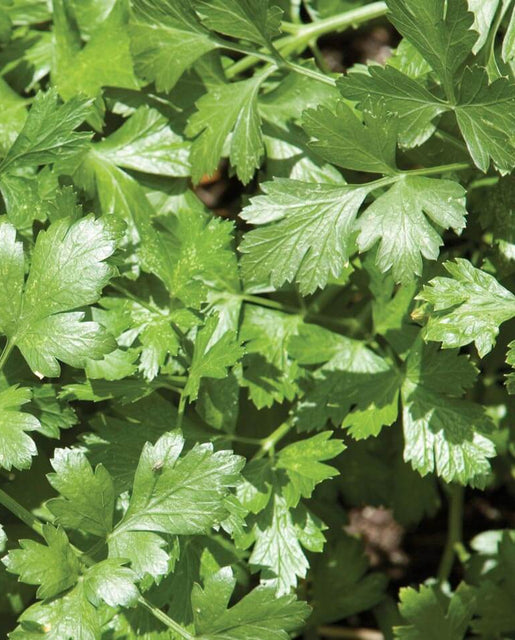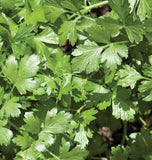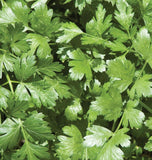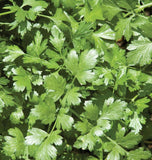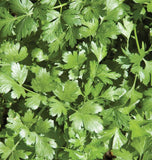Product Details
Santo Organic cilantro seeds are CERTIFIED ORGANIC! Cilantro "Santo" is bred to be slow bolting. Direct sow short rows of these frost-tolerant plants every other week from spring to late summer for continuous harvest. The mature seeds, better known as coriander, are easy to harvest, and used in many dishes - notably curry powder blends. Keep an eye you your cilantro crop because the flowering process (bolting) is famously quick in this plant. As soon as a central stem appears and the uppermost leaves become frilly, it's time to harvest the whole plant, roots and all. The roots are useful - check out our Coriander Root Paste recipe. Because of this taproot, cilantro does not transplant well.
If growing for seeds, simply allow the plants to flower. Cilantro flowers are highly attractive to beneficial insects like Syrphid flies, lacewings, and lady beetles. Be warned that if the seeds are not harvested when they are mature, you will have volunteer cilantro plants for years to come.
Cilantro will grow somewhat leggy, but productively in partial shade, and it is quite tolerant of cool temperatures. With the protection of a cloche greenhouse, cilantro will continue growing all winter.
Quick Facts:
- Cool season crop
- Mature seeds are known as coriander
- With a bit of cover, it will overwinter
- Grows to 50cm (20")
- Use the leaves, seeds, and roots

















